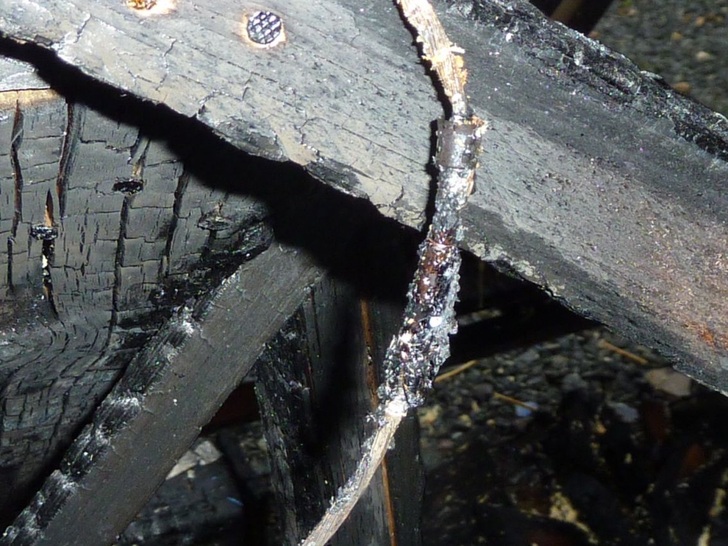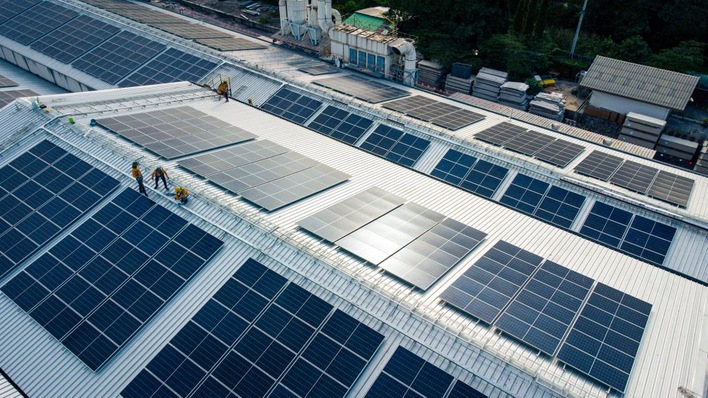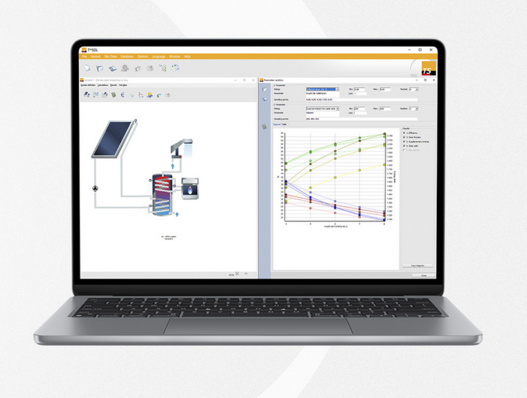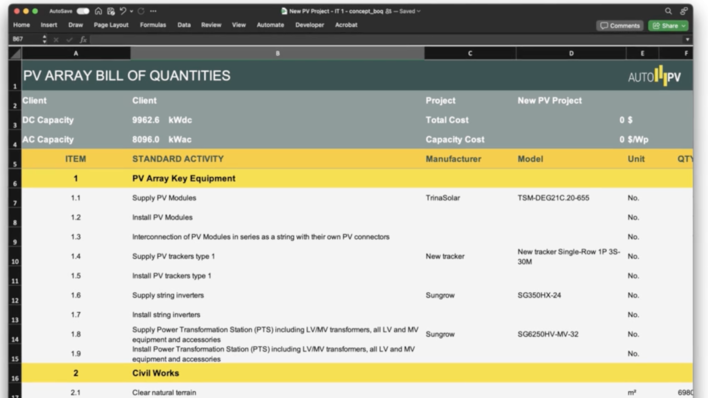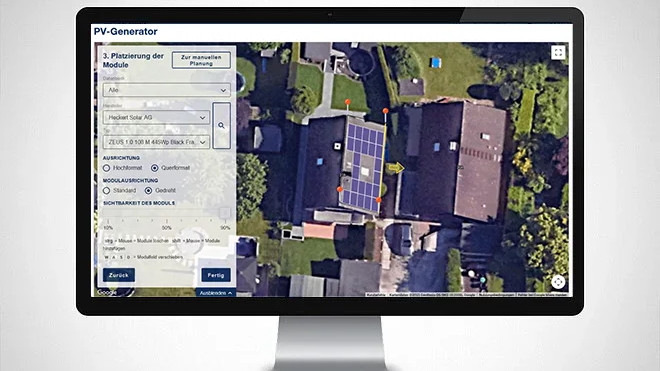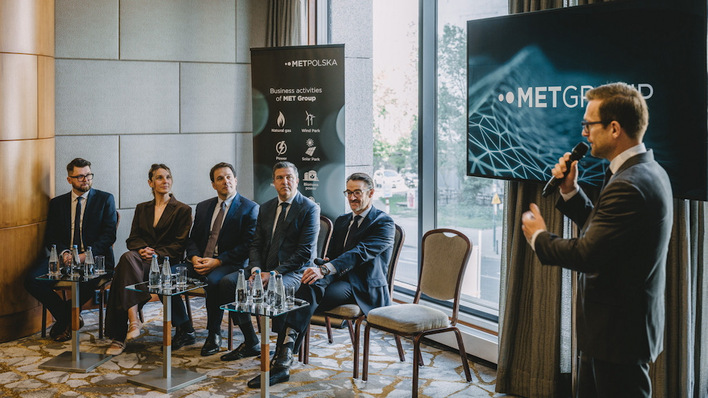Don’t be careless: The lightning hits the building by way of the potential equalisation and via the power grid. This will result in damage to electronic appliances: anything from the PC to the Stereo and the TV. And also the inverter and the solar installation.
Invisible damage
This damage can often be invisible; they only get noticed because of a reduced solar yield, i.e. based on the power yields from the installation’s monitoring system or the solar metre. Insurance companies often demand adequate surge protection. If that is not the case, the deductible may go up, resulting in higher costs to the operator in the event of a claim.
Reduce long wires
The longer the wires in a solar installation is (i.e. the higher the building), the more comprehensively it has to be shielded against overvoltage. If the building already has external lightning protection, the surge protection can fairly easily be retrofitted for just a few hundred euros.
Many technicians think that safety measures built into the inverters are enough to ensure adequate surge protection. However, these are usually designed to protect the inverter alone.
Shield the DC cables
It is always advisable to separately shield the main DC cables between the solar generator and the inverter. To be on the safe side, it is also wise to install the generator’s circuit in shielded ducts, to avoid a build-up of electromagnetic induction.
The wiring should only be as long as necessary and excessive cable loops, e.g. when connecting the solar panels, should be avoided. It is better to run the cables close together and twist them up tightly. (HS)
Look at this, too:
Solar advice: Damages by overvoltage from the ground
Stay informed, get our newsletter twice a week: Register here.
Find useful products for solar generation here.
Find useful products for solar energy storage here.


